1. Low WK, Burgess R, Fong KW, Wang DY. Effect of radiotherapy on retro-cochlear auditory pathways. Laryngoscope. 2005; 10. 115(10):1823–1826. PMID:
16222203.

2. Ho WK, Wei WI, Kwong DL, Sham JS, Tai PT, Yuen AP, et al. Long-term sensorineural hearing deficit following radiotherapy in patients suffering from nasopharyngeal carcinoma: a prospective study. Head Neck. 1999; 9. 21(6):547–553. PMID:
10449671.

3. Bohne BA, Marks JE, Glasgow GP. Delayed effects of ionizing radiation on the ear. Laryngoscope. 1985; 7. 95(7 Pt 1):818–828. PMID:
4010422.

4. Low WK, Gopal K, Goh LK, Fong KW. Cochlear implantation in postirradiated ears: outcomes and challenges. Laryngoscope. 2006; 7. 116(7):1258–1262. PMID:
16826071.

5. Yue V, Leung EK, Wong TK, Tong MC, Van Hasselt CA. Cochlear implantation for post-irradiation deafness. Cochlear Implants Int. 2004; 9. 5(Suppl 1):165–168. PMID:
18792283.

6. Chua DY, Thong MK, Tan HK, Govil S. Successful rehabilitation with cochlear implant in post-irradiation-induced hearing loss in nasopharyngeal carcinoma patient. Cochlear Implants Int. 2004; 9. 5(Suppl 1):158–161. PMID:
18792281.

7. Formanek M, Czerny C, Gstoettner W, Kornfehl J. Cochlear implantation as a successful rehabilitation for radiation-induced deafness. Eur Arch Otorhinolaryngol. 1998; 255(4):175–178. PMID:
9592673.

8. Beynon AJ, Snik AF, van den Broek P. Comparison of different speech coding strategies using a disability-based inventory and speech perception tests in quiet and in noise. Otol Neurotol. 2003; 5. 24(3):392–396. PMID:
12806290.

9. Litovsky R, Parkinson A, Arcaroli J, Sammeth C. Simultaneous bilateral cochlear implantation in adults: a multicenter clinical study. Ear Hear. 2006; 12. 27(6):714–731. PMID:
17086081.

10. Gifford RH, Dorman MF, Spahr AJ, McKarns SA. Effect of digital frequency compression (DFC) on speech recognition in candidates for combined electric and acoustic stimulation (EAS). J Speech Lang Hear Res. 2007; 10. 50(5):1194–1202. PMID:
17905905.

11. Anteunis LJ, Wanders SL, Hendriks JJ, Langendijk JA, Manni JJ, de Jong JM. A prospective longitudinal study on radiation-induced hearing loss. Am J Surg. 1994; 11. 168(5):408–411. PMID:
7977961.

12. Lau SK, Wei WI, Sham JS, Choy DT, Hui Y. Early changes of auditory brain stem evoked response after radiotherapy for nasopharyngeal carcinoma: a prospective study. J Laryngol Otol. 1992; 10. 106(10):887–892. PMID:
1474310.
13. Kwong DL, Wei WI, Sham JS, Ho WK, Yuen PW, Chua DT, et al. Sensorineural hearing loss in patients treated for nasopharyngeal carcinoma: a prospective study of the effect of radiation and cisplatin treatment. Int J Radiat Oncol Biol Phys. 1996; 9. 36(2):281–289. PMID:
8892450.

14. Skarzynski H, Lorens A, Piotrowska A, Anderson I. Partial deafness cochlear implantation provides benefit to a new population of individuals with hearing loss. Acta Otolaryngol. 2006; 9. 126(9):934–940. PMID:
16864490.

15. Vermeire K, Brokx JP, Wuyts FL, Cochet E, Hofkens A, Van de Heyning PH. Quality-of-life benefit from cochlear implantation in the elderly. Otol Neurotol. 2005; 3. 26(2):188–195. PMID:
15793403.

16. Orabi AA, Mawman D, Al-Zoubi F, Saeed SR, Ramsden RT. Cochlear implant outcomes and quality of life in the elderly: Manchester experience over 13 years. Clin Otolaryngol. 2006; 4. 31(2):116–122. PMID:
16620330.
17. Johnson JA, Cox RM, Alexander GC. Development of APHAB norms for WDRC hearing aids and comparisons with original norms. Ear Hear. 2010; 2. 31(1):47–55. PMID:
19692903.

18. Leung TW, Tung SY, Sze WK, Wong FC, Yuen KK, Lui CM, et al. Treatment results of 1070 patients with nasopharyngeal carcinoma: an analysis of survival and failure patterns. Head Neck. 2005; 7. 27(7):555–565. PMID:
15880410.

19. Lee AW, Sze WM, Au JS, Leung SF, Leung TW, Chua DT, et al. Treatment results for nasopharyngeal carcinoma in the modern era: the Hong Kong experience. Int J Radiat Oncol Biol Phys. 2005; 3. 61(4):1107–1116. PMID:
15752890.

20. Leonetti JP, Marzo SJ, Zender CA, Porter RG, Melian E. Temporal bone osteoradionecrosis after surgery and radiotherapy for malignant parotid tumors. Otol Neurotol. 2010; 6. 31(4):656–659. PMID:
20964249.

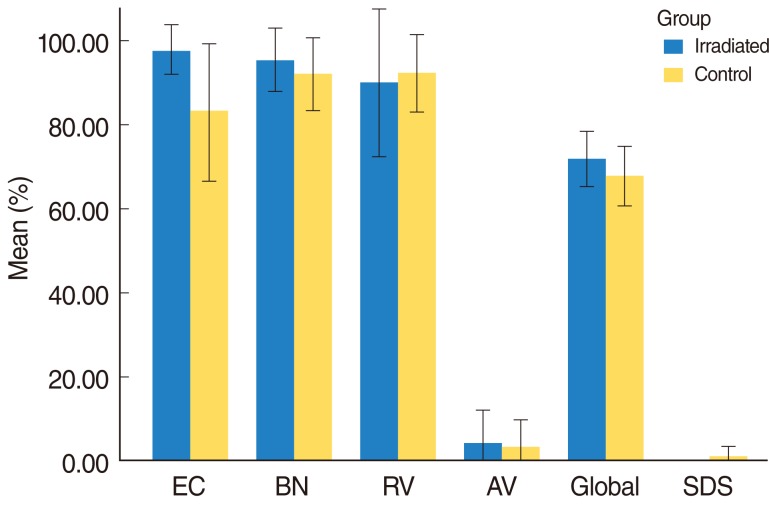
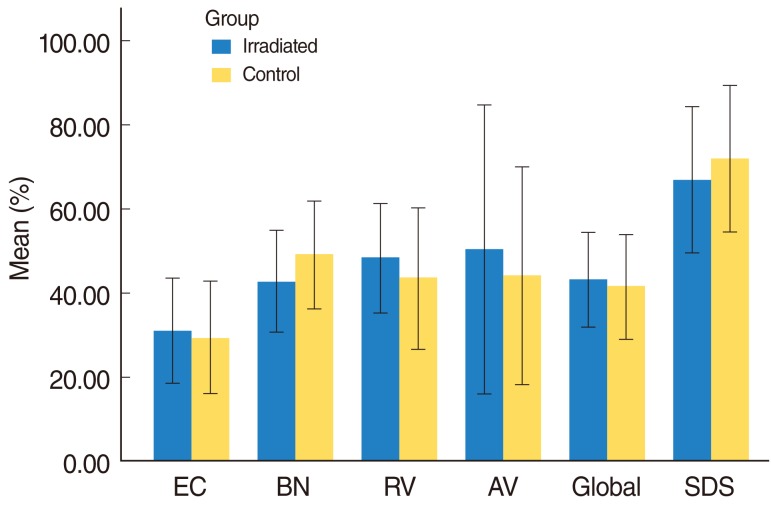




 PDF
PDF Citation
Citation Print
Print


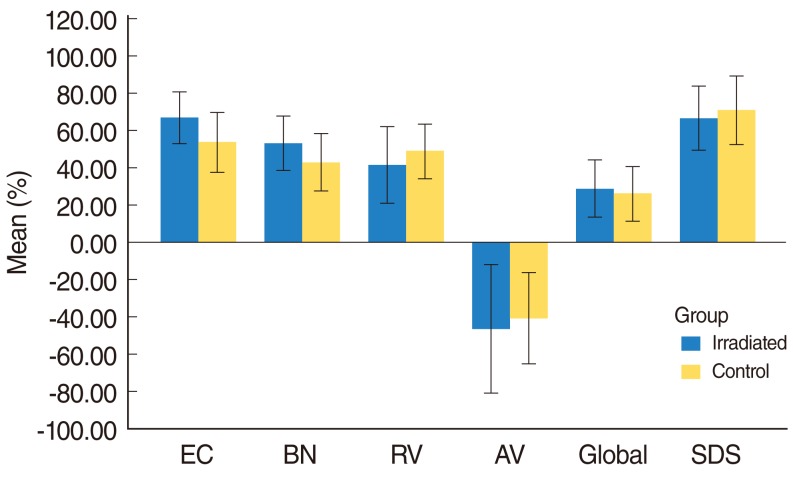

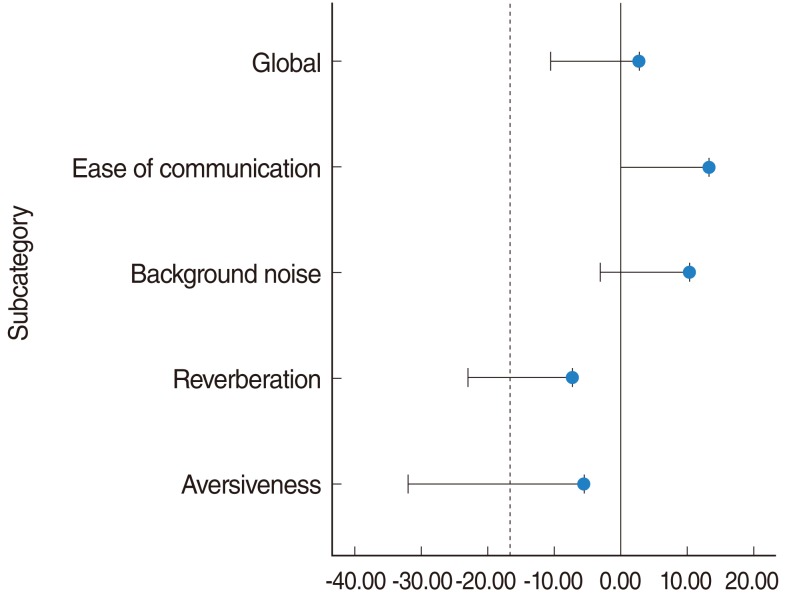
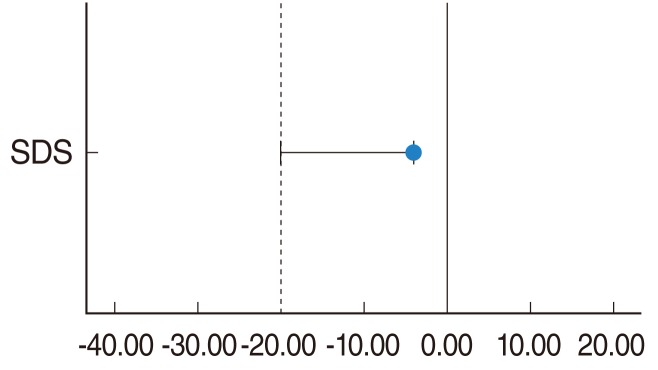
 XML Download
XML Download